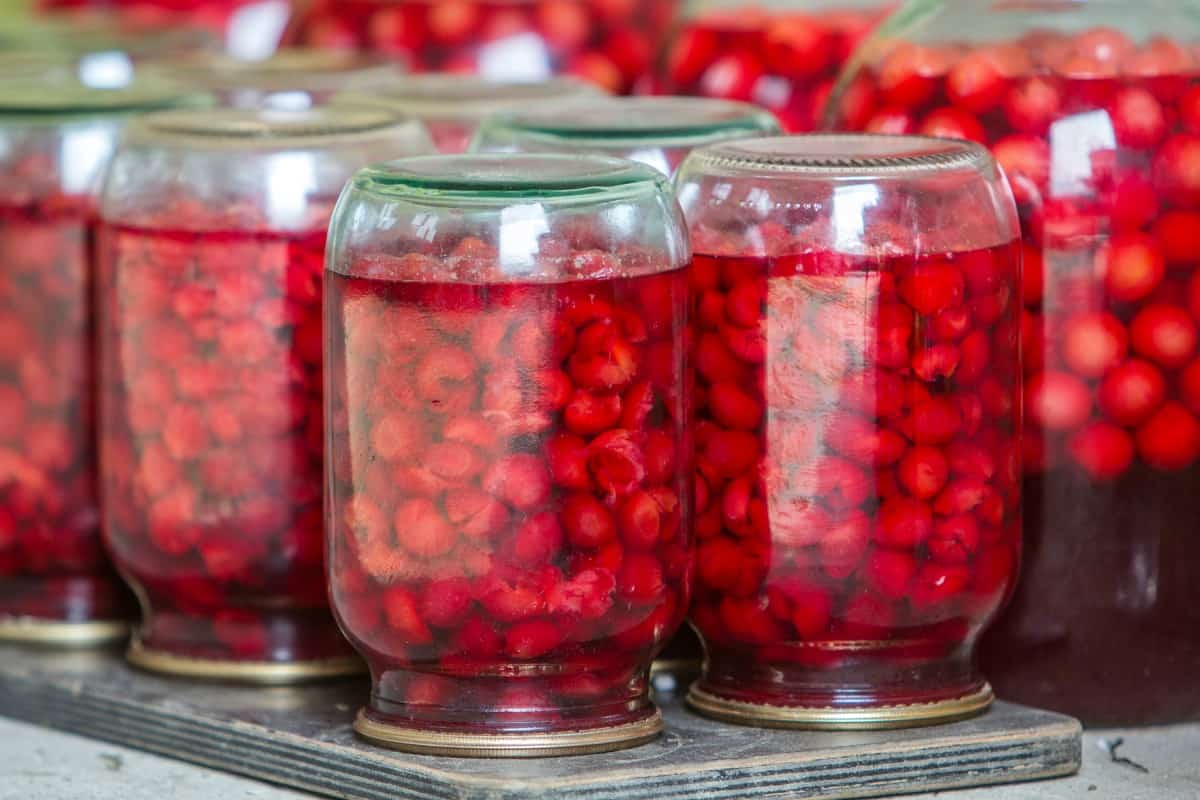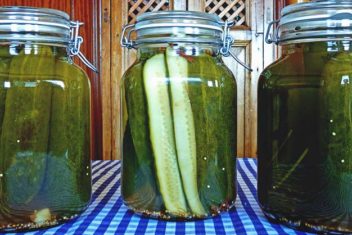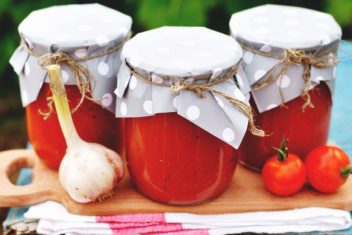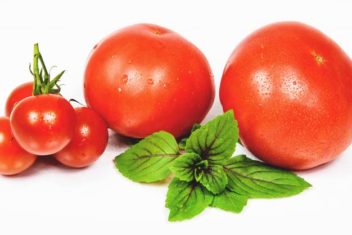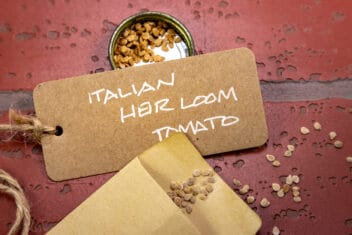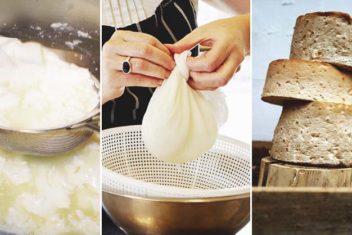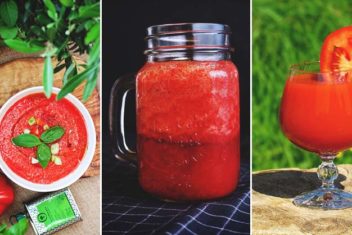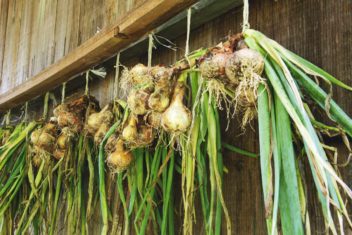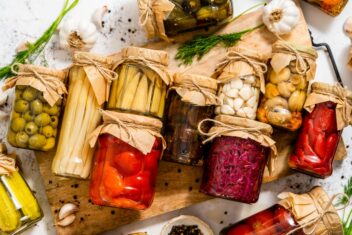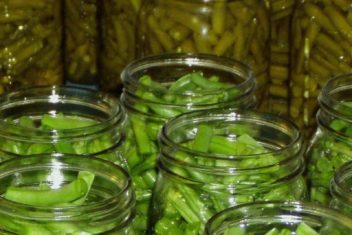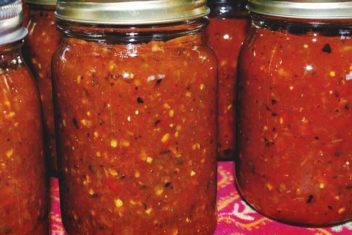Fall is my favorite time of the year for a lot of reasons – the gorgeous changing leaves, the crisp feel of the air, and most of all, a bountiful harvest from my garden.
Although wandering among the plants and plucking ripe fruits and vegetables is probably my favorite thing to do, my second favorite fall activity is canning. There’s nothing quite like the feeling of satisfaction that comes from putting away enough food to last you an entire winter season!
However, there’s no denying the fact that it’s time-consuming. I’m always on the lookout for time-saving hacks that will make it easier for me to get all of my canning done. Unfortunately, not all of those hacks you read about online (or even hear about from your great aunts and uncles) are always the safest.
Inversion canning is one canning technique that’s received a lot of flack and controversy over the last few years in particular. Is it safe – and is it even effective? Here’s what you need to know.
What is Inversion Canning?
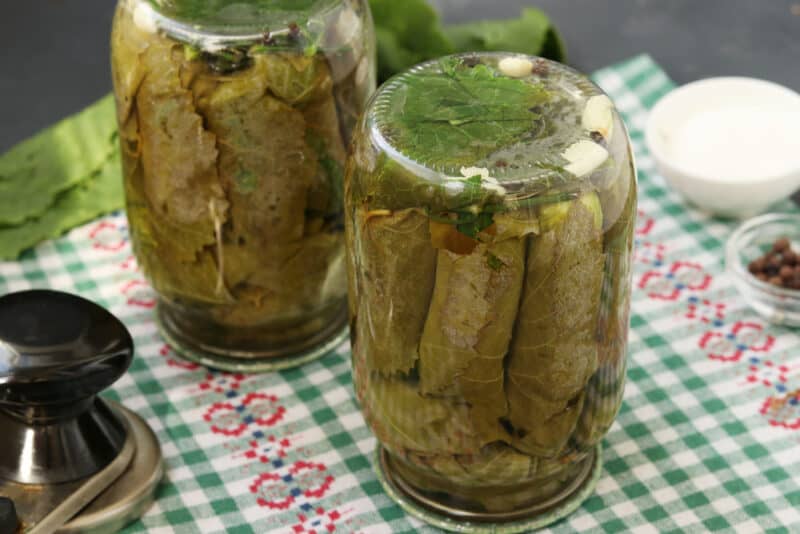
Inversion canning is a method of canning that involves pouring hot canning materials (usually jams or jellies) into jars, securing the lid, and then turning the cans upside down on a towel for about 5 minutes. After the 5 minutes have passed, you flip the jars back upright and let them cool and (ideally) seal.
It’s sometimes referred to as flipping canning or “flipping jelly” (since it’s usually done with jams, jellies, and preserves). You’ll also hear it referred to as open kettle canning. It is not exclusive to jams and jellies, though, and has occasionally been done with tomatoes, too.
This is an old-fashioned method of canning that’s favored by old-school homesteaders and home canners. In fact, you may have heard of your parents or grandparents doing this. It’s one of those canning techniques, like canning low-acid vegetables in a water bath canner, that you’ll hear defended with claims like, “My great-great-grandma has been doing this for years and she never got sick!”
Unfortunately, it’s not necessarily the safest canning technique, and it poses several serious risks.
What Problems Are Associated with Inversion Canning?
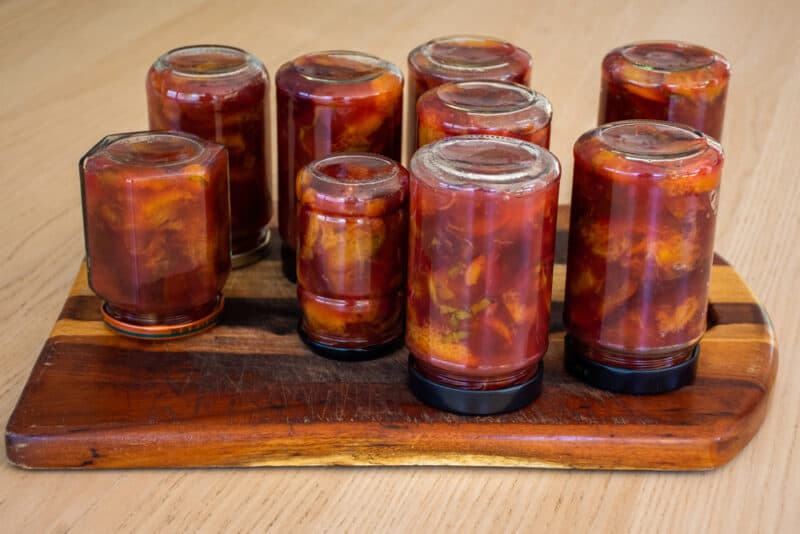
1. Creates a Weaker, Less Durable Seal
Modern canning lids are simply not meant to seal in this way. They are meant to be sealed in a traditional water bath or pressure canner. Yes, you can try to heat the jars and food up enough so that it’s extremely hot – but unfortunately, many of today’s jars are meant to vent under extreme heat.
Even if you’re somehow (miraculously) able to heat the jars enough to kill all kinds of bacteria, you might have another problem on your hands when the lid fails to seal.
2. Canned Product Wasn’t Wholly Processed
If you’ve done any amount of canning in your time, you probably are aware of the fact that the cooking process isn’t enough to safely preserve your food. You also need to keep it in the canner to process for a set amount of time (times of which have been carefully researched by the USDA and other authorities).
Inversion canning does not involve much processing at all. You are simply cooking briefly in an ordinary saucepot, packing into hot jars, and then waiting for it to seal. There are lots of problems with this, namely the fact that the temperatures obtained in the regular cooking process aren’t going to be high enough to destroy all of the bacteria and other organisms that can cause food poisoning in the food.
Even if you get your food up to a rolling boil, there’s still a risk of pathogens entering the food. Plus, additional bacteria and microorganisms can make their way inside the food when you transfer it from the cooking pot to the jars. This, too, can just as easily cause spoilage.
3. Doesn’t Call for Enough Headspace
When you flip a jar, where does all the food go? Toward the lid.
Another issue associated with the inversion canning technique is that food will stick to the inside of the lid and affect how much headspace is available. This can lead to air pockets inside the jar and stop the jar from sealing.
Don’t think you can get by with just checking the seal before you pop those jars into storage, either. The seal can fail much later in storage, too.
4. Inverting Hot Jars Can Ruin the Seal
There’s one other thing to mention with this caveat, too. Even when you water bath can or pressure can your food, flipping the jar upside down makes it statistically more likely to cause the seal to fail. It can fail immediately or later when your jar is in storage.
Ball actually recommends against moving, storing, or inverting jars in any way during the cooling process, as this can cause seal failure. Some canners even caution against merely tipping the jars while you’re removing them from the canner.
5. Jar Sterilization
One other potential issue associated with inversion canning has to do with a step that many people either purposefully or inadvertently leave out of their canning routine – sterilizing their jars.
Yes, you can probably get away with an unsterilized jar here or there if you’re canning in a pressure canner or water bath canner (although it’s still not the wisest technique). When you can in a traditional method, you will boil the jar for so long that it will, to some extent, self-sterilize.
However, when you’re canning with the inversion canning method, that boiling period never occurs. Again, food spoilage becomes a major risk here – and there is absolutely zero room for error.
What Do Inversion Canning Supporters Have to Say?

Like everything, though, inversion canning does have its staunch supporters. This is despite the fact that canning authorities like community extension offices have been discouraging this technique for decades.
Lots of people, for instance, believe that inversion canning is safe for making jams, jellies, and preserves. They argue that these higher-acid foods aren’t vulnerable to spoilage – especially since the high temperatures at cooking reduce the possibility of mold. So, too, they say, do the sugars in the mixtures.
Unfortunately, sugar makes these materials more likely to mold – not less. Plus, mold further lowers the pH of the food. Sure, you can scrape off the mold – but a lowered pH will allow botulism spores to enter and that’s where the real risk lies.
Other Methods of Canning To Avoid

There are other controversial canning methods that are best avoided, too.
1. Steam Canning
Steam canning is another method of canning that’s far from reliable. It’s not the same as pressure canning (a technique that also utilizes steam).
In steam canning, you’ll use a steamer with just 1-inch or 1½-inch of water at the bottom. You’ll add your cans, close the lid, and let them steam.
It differs from pressure canning in that the steam doesn’t lead to pressure that’s strong enough to vacuum seal the cans. The temperatures don’t get high enough to sterilize the jars, either.
2. Paraffin Wax Canning
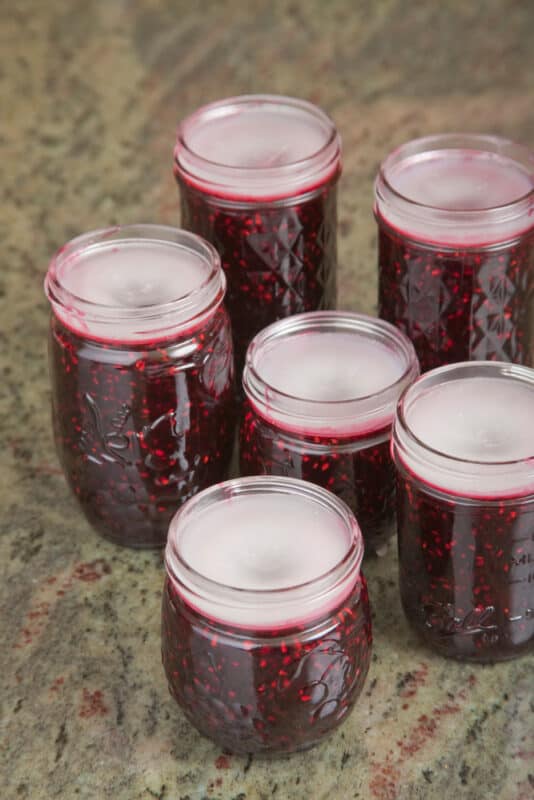
Paraffin wax canning, or paraffin wax sealing, is a method of canning jams, jellies, and preserves that will require you to pour paper-thin layers of paraffin wax over your food (only about half an inch thick).
While it seems like the wax would keep out bacteria, the unfortunate reality is that the wax seals aren’t able to remove air bubbles in the jars. They often pull away from the side of the jar over time, too, meaning bacteria can creep in that way.
3. Aspirin Preservation
This is another odd method of canning that, of course, has its fair share of supporters.
It involves adding tablets of aspirin or low acid foods and then water bath canning them. This is rather than pressure canning them, as you would normally do with low acid foods.
I’m not sure how this food preservation technique came into vogue, but it’s not safe.
Aspirin is not effective at raising the acidity of foods and I can’t see how it would make them taste great, either.
4. Oven Canning
Oven canning is a canning technique that has come back into popularity as of late, seemingly with the rise of Pinterest and other DIY-websites. There are many issues with the concept of oven canning.
For starters, the jars that you would put in your canner are not meant to be exposed to that much dry heat – heat, yes, but not the desiccating heat inside your oven. You’re more likely to have broken jars to deal with – and ruined food, too.
The other issue with the dry heat of an oven is that the middle might not get hot enough for bacteria to be killed. Again, you run the risk of food poisoning.
The takeaway? There are really only two methods of canning that are safe for home canners – water bath canning and pressure canning. You don’t need any fancy equipment to water bath can – really, just a large stockpot will do.
Not sure what food can and cannot safely be canned – or with which methods? Take the time to do some research and always consult the authorities. The Ball Blue Book Guide to Preserving is a great resource, as is the National Center for Home Food Preservation.
Don’t run the risk of making yourself and your family sick with inversion canning. It’s simply not worth it!
